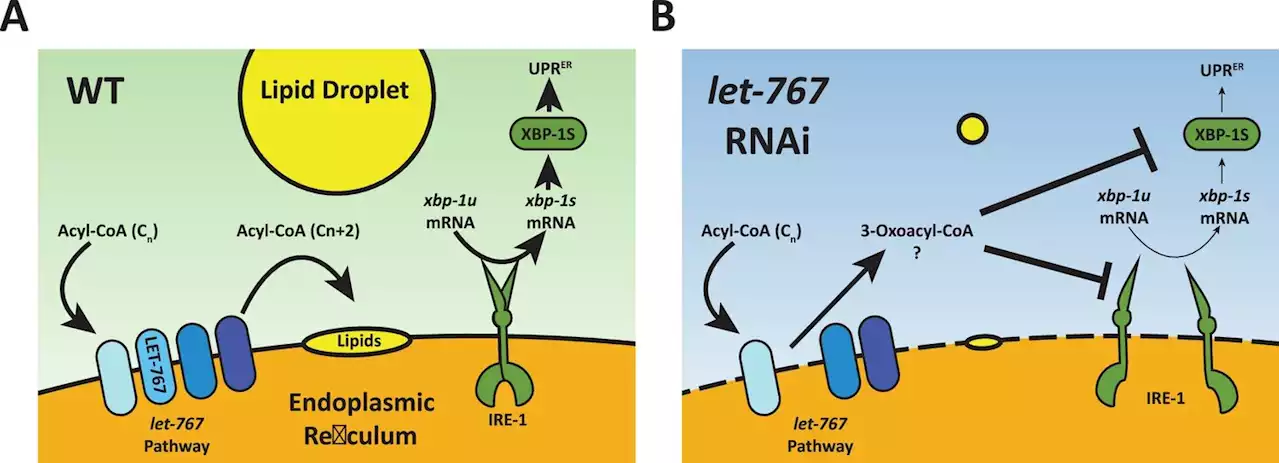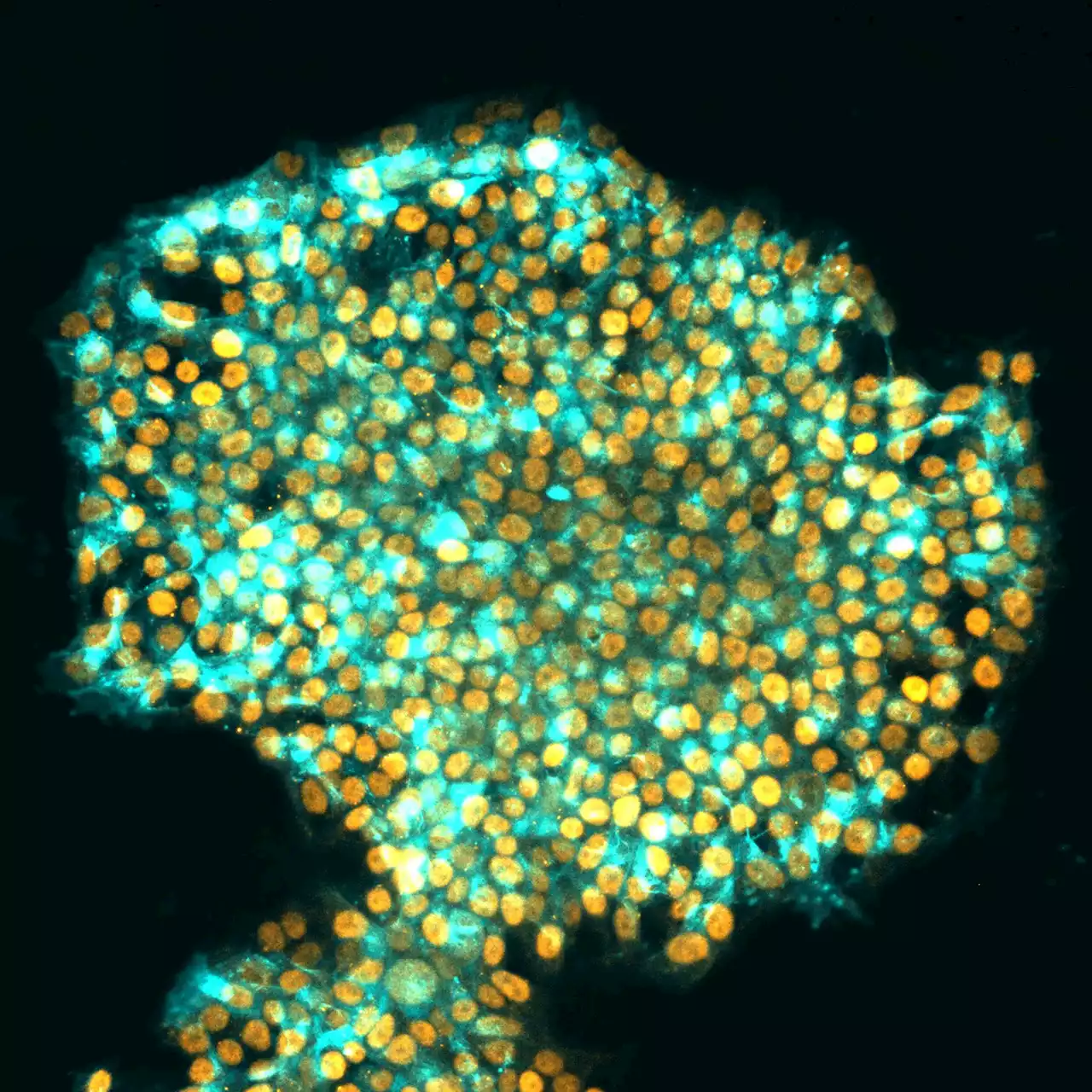A chemical trick for making oxygen can sustain whole underground ecosystems
Scientists have come to realize that in the soil and rocks beneath our feet there lies a vast biosphere with a global volume nearly twice that of all the world’s oceans. Little is known about these underground organisms, who represent most of the planet’s microbial mass and whose diversity may exceed that of surface-dwelling life forms.
The new study looked at deep aquifers in the Canadian province of Alberta, which has such rich deposits of underground tar, oil sands and hydrocarbon that it has been dubbed “the Texas of Canada.” Because its huge cattle farming and agriculture industries rely heavily on groundwater, the provincial government actively monitors the water’s acidity and chemical composition. Yet no one had systematically studied the groundwater microbiology.
A pattern in the numbers puzzled them. Usually, in surveys of the sediment under the seafloor, for example, scientists find that the number of microbial cells decreases with depth: Older, deeper samples can’t sustain as much life because they are more cut off from the nutrients made by photosynthetic plants and algae near the surface. But to the surprise of Ruff’s team, the older, deeper groundwaters held more cells than the fresher waters did.
If the dissolved oxygen did not come from contamination, where did it come from? Ruff realized that he was on the brink of something big, even though making controversial claims ran against his nature. Many of his co-authors had doubts too: The finding threatened to shatter the foundation of our understanding of subsurface ecosystems.
While working in a lab in the Netherlands in the late 2000s, Strous noticed that a type of methane-feeding bacteria often found in lake sediments and wastewater sludges had a strange way of life. Instead of taking in oxygen from its surroundings like other aerobes, the bacteria created its own oxygen by using enzymes to break down the soluble compounds called nitrites . The bacteria used the self-generated oxygen to split methane for energy.
Understanding what lives in the subsurface of our planet is also “crucial for translating that knowledge elsewhere,” Sherwood Lollar said. The soil of Mars, for instance, contains perchlorate compounds that some Earth microbes can turn into chloride and oxygen. Jupiter’s moon Europa has a deep, frozen ocean; sunlight may not penetrate it, but oxygen could potentially be produced there by microbial dismutation instead of photosynthesis.
United States Latest News, United States Headlines
Similar News:You can also read news stories similar to this one that we have collected from other news sources.
 Iceman’s Genome Reanalyzed: Ötzi Had Dark Skin, Dark Eyes, and a Balding HeadThe latest research on the Neolithic Tyrolean Iceman, Ötzi, reveals surprising information about his appearance and ancestry. Contrary to previous beliefs, Ötzi had dark skin, dark eyes, and male pattern baldness. The high-quality genome analysis also shows that he had a significant early Anatolian
Iceman’s Genome Reanalyzed: Ötzi Had Dark Skin, Dark Eyes, and a Balding HeadThe latest research on the Neolithic Tyrolean Iceman, Ötzi, reveals surprising information about his appearance and ancestry. Contrary to previous beliefs, Ötzi had dark skin, dark eyes, and male pattern baldness. The high-quality genome analysis also shows that he had a significant early Anatolian
Read more »
 Changes in lipid metabolism affect how cells respond to stress: StudyA new study by researchers at USC and UC Berkeley sheds light on how changes in lipid metabolism can impact the health of cells as they age and respond to stress. The study, 'Lipid homeostasis is essential for a maximal ER stress response,' was published in eLife on July 25, 2023.
Changes in lipid metabolism affect how cells respond to stress: StudyA new study by researchers at USC and UC Berkeley sheds light on how changes in lipid metabolism can impact the health of cells as they age and respond to stress. The study, 'Lipid homeostasis is essential for a maximal ER stress response,' was published in eLife on July 25, 2023.
Read more »
 Fuel Cells News -- ScienceDailyFuel Cell News and Research. Read about the latest developments in everything from highly efficient fuel cell technology to proposals of using microbes as an energy source.
Fuel Cells News -- ScienceDailyFuel Cell News and Research. Read about the latest developments in everything from highly efficient fuel cell technology to proposals of using microbes as an energy source.
Read more »
 Induced Pluripotent Stem Cells For Age-Related Macular DegenerationInduced pluripotent stem cells show great promise for age-related macular degeneration, as revealed by recent research published in the New England Journal of Medicine.
Induced Pluripotent Stem Cells For Age-Related Macular DegenerationInduced pluripotent stem cells show great promise for age-related macular degeneration, as revealed by recent research published in the New England Journal of Medicine.
Read more »
 10 Hercule Poirot Movies We Want Next After Kenneth Branagh's A Haunting In VeniceBranagh can use Poirot's 'grey cells' yet again.
10 Hercule Poirot Movies We Want Next After Kenneth Branagh's A Haunting In VeniceBranagh can use Poirot's 'grey cells' yet again.
Read more »
 Scientists Discover “Dynamite” Way To Wipe a Cell’s Memory To Better Reprogram It as a Stem CellA new method to reprogram human cells to better mimic embryonic stem cells. In a groundbreaking study published on August 16 in the journal Nature, Australian scientists have resolved a long-standing problem in regenerative medicine. They developed a new method to reprogram human cells to better
Scientists Discover “Dynamite” Way To Wipe a Cell’s Memory To Better Reprogram It as a Stem CellA new method to reprogram human cells to better mimic embryonic stem cells. In a groundbreaking study published on August 16 in the journal Nature, Australian scientists have resolved a long-standing problem in regenerative medicine. They developed a new method to reprogram human cells to better
Read more »
